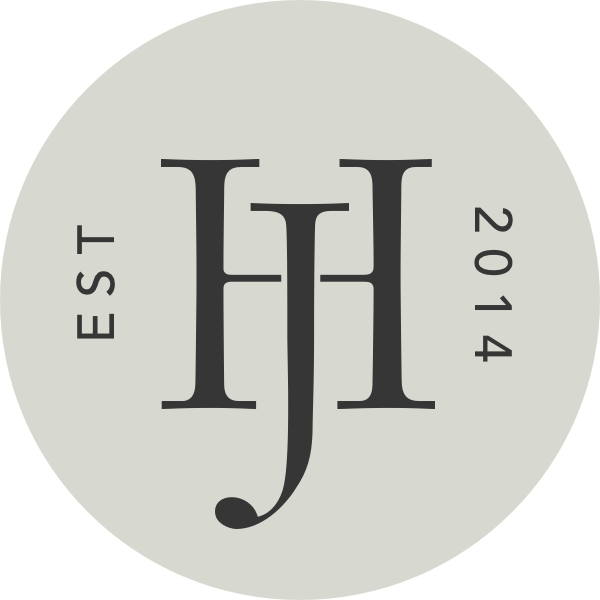
Mood boards are a designer’s bread and butter. They are the best, and simplest, way to see how all the elements of a project will look once they come together before you actually commit to anything. Today, we’re going to show you some sample mood boards and make the process of creating your own a lot easier. Mood boards can be made digitally or physically with product samples. When it comes to design projects, we prefer to collect samples and create a real life mood board, but we know that’s not always an option, especially when you’re just starting out with your design plan. It’s probably best to leave that for when you’ve nailed down the direction you want to go in so that you can see everything in person before you actually start to make the big purchases. This way you can see how the various colors will look in your space and you’ll get to feel the different textures. It will really give you a true idea of how something will come together in the end and if you’ll love it or not.

When it comes to gathering ideas for design projects, Pinterest is the original digital mood board creator. You can pin images and easily see how different elements will look together. Pinterest now has a feature that allows you to reorganize your pins so that you can move things around, making it very easy to see how various parts can work in different ways. It’s actually a type of search engine, like Google, but because it’s not accessing the entire world wide web, it keeps your search field more curated and allows you to find what you’re wanting, or maybe what you didn’t even realize you were looking for, much faster and easier. We love to use Pinterest to gain inspiration and ideas for projects, but it does have its limitations.
Just like we talked about in this blog post about kitchen renovations, when it comes to gathering your ideas for a mood board, we recommend turning to Pinterest to see what you’ve pinned and use that to find the common theme. From there, you can start to find pieces that fit within that style or feel you’re going for. Then you can add them to your mood board and see how the different elements you pick work, or don’t work, together.

wallpaper / nightstands / dresser / bed / duvet cover / sheet set
floral throw pillow / brown throw pillow / sconce
For our digital mood boards, we use Photoshop, but you can use PowerPoint as well. We can’t speak to these apps here as we’ve never used them, but this list seems to have a lot of great options. If you’re using Photoshop, start with a new blank screen that’s large enough to hold all the elements together. That can vary depending on the project you’re working on, but for our bedroom mood board above, we set the dimensions to 1000 pixels square at 300 dpi. If you’re using PowerPoint or Google Slides, you won’t need to worry about that step. Next you’ll gather images of all your pieces and add them to your blank screen (we like to use screenshots for these images; quick and painless!). You can resize the images and lay them out in a way that will resemble the placement in real life, like we did above in the bedroom mood board, but that’s not necessary. Take this time to really analyze your selections. Do they work together? Is it giving you the look and feel you’re going for? Are there adjustments that need to be made? After you’ve created your mood board, we recommend printing it out in color so that you can get it off your screen and have a better sense of what it will look like in person.

After you’ve nailed down your digital mood board, start gathering the actual samples of the pieces that made it to the final design. From there, you can place them in the actual space where they’ll live so you can see how they behave in different lights and times of the day. Like we said before, it will really give you the best idea of how things will look and feel upon completion, so we highly recommend not skipping this step before jumping into buying everything. That being said, it’s not always possible to get samples of things. For example, with the bedroom mood board we created, the only sample you can actually get is for the wallpaper. Everything else, you’ll just have to go off of the images you see online, unless you’re able to find them in a store near you. But for things like flooring, tile, carpet, paint, metal finishes for faucets or lighting, those are definitely things you can get samples of.

Creating a mood board is a very satisfying process. It allows you to get all your ideas out in one place and you’re able to truly visualize how it will all come together in the end. We couldn’t do our job nearly as well without them!
This post contains affiliate links. All opinions are our own.



Your presentations are beautiful!!! Thanks for sharing!
We appreciate it so much!